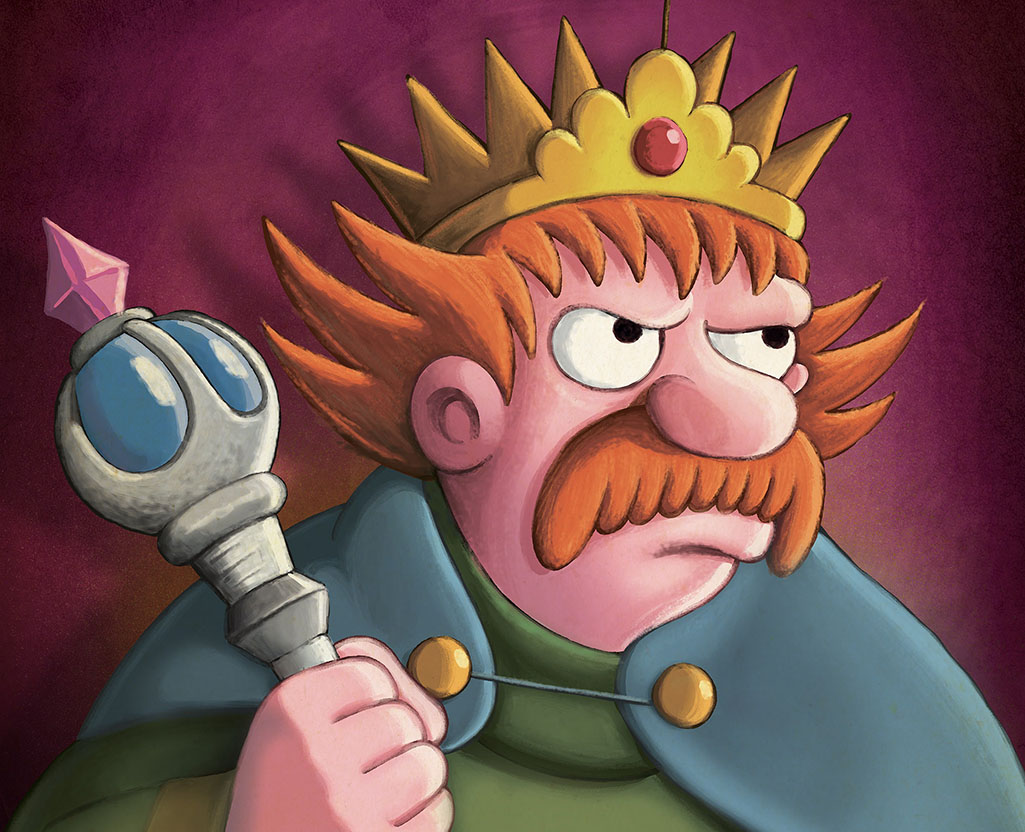Padme and Anakin’s Love Story Once Had a Link To Tolkien’s Silmarillion

NABOO– Padmé and Anakin’s love story in Star Wars: Episode II – Attack of the Clones once had a small nod to another couple from Tolkien’s Silmarillion.
One of the many pieces of Star Wars lore lost to the Legends continuity is a part of Anakin and Padmé’s love story which was inspired by The Silmarillion by J.R.R. Tolkien. More specifically, a chapter from The Silmarillion, “The Tale of Beren and Lúthien,” was the basis for a myth from Naboo that had a key influence on Padmé.
The original Naboo myth was linked to Padmé and Anakin’s secret wedding in Star Wars: Episode II – Attack of the Clones. While the myth is no longer canon, the fact that it was inspired by “The Tale of Beren and Lúthien” begs the question of whether or not Padmé and Anakin’s romance shares any similarities with the original tale.
In Legends continuity, when Padmé and Anakin married in secret on Naboo, the ceremony was performed by Maxiron Agolerga, a pontifex of the Brothers of Cognizance. Padmé asked the monk to officiate her wedding in absolute secrecy. When giving their names to Maxiron, Padmé called herself Veré while Anakin was called Set. The pontifex kept their secret and only kept a very brief record of the marriage, under the assumed names that Padmé had given him, and the rest is galactic history.
In Legends continuity, when Padmé and Anakin married in secret on Naboo, the ceremony was performed by Maxiron Agolerga, a pontifex of the Brothers of Cognizance. Padmé asked the monk to officiate her wedding in absolute secrecy. When giving their names to Maxiron, Padmé called herself Veré while Anakin was called Set. The pontifex kept their secret and only kept a very brief record of the marriage, under the assumed names that Padmé had given him, and the rest is galactic history.
The character of Pontifex Maxiron Agolerga, and consequently this story of Padmé lying about her and Anakin’s names, comes from a Star Wars Databank entry written by Tim Veekhoven. The character undoubtedly remains a canonical part of Star Wars, given that an old man does in fact marry Anakin and Padmé in Attack of the Clones, but his backstory even in Legends had some conflicting sources. Nevertheless, Veekhoven wrote this version of the Maxiron Agolerga backstory and added the small detail of Padmé’s idea to get married under pseudonyms, but it is the inspiration for Veré and Set, the names Padmé chose, that stands out.
As previously stated, Veekhoven’s inspiration for Veré and Set was The Silmarillion chapter, “The Tale of Beren and Lúthien.” In the Naboo myth, Veré was a beautiful immortal woman who fell in love with the human, Set, which caused some obvious problems in their relationship. Their love story was apparently a reimagined version of Beren and Lúthien’s, transferring the story from the universe of Lord of the Rings to Star Wars. This decision by Veekhoven to draw inspiration from Beren and Lúthien’s romance in writing about Padmé and Anakin’s was a very clever one, as there are some parallels between the two pairs of lovers.
“The Tale of Beren and Lúthien” essentially started with some bloodshed before the young man, Beren, son of Barahir, stumbled upon the beautiful and enchanting elf princess, Lúthien, singing and dancing in the forest. He fell in love with her immediately, and after finally catching up with her and explaining himself, she reciprocated. Unfortunately, due to the nature of both their existences (one a man, destined to die, and one an immortal elf), they faced some resistance in pursuing their relationship. Quite a bit happened in Beren’s quest to marry Lúthien, including, but not limited to, a jewel heist, Beren getting his hand chomped off and Lúthien bargaining away her own immortality to bring Beren back to life and to eventually share his fate of dying as a mortal.
The parallels between the two couples are certainly there, from Beren and Anakin’s instant fixation to losing a hand and perhaps even the unfortunate Lúthien and Padmé’s willingness to die. Though there is no longer a canonical tie between Padmé and Anakin and Beren and Lúthien, the fact that they were drawn together to begin with is quite understandable. Both couples were meant to evoke the timeless idea of star-crossed lovers who were willing to overcome any obstacle to be with one another, even if it meant, in both cases, an inescapable death.
Source
Comment with GitHub
Newsletter
Nebraska Posts
-

-

New Nebraska Blackshirts Design Proposed
There is a fertility crisis brewing and the University of Nebraska is connected. The Blackshirts at UNL are the Blackshirts of history...
-

-

-

-

-

-

-

-

Lincoln Man Behind Bars for Blackshirts Synagogue Graffiti Says Jewish Man Paid Him
LINCOLN – A 22-year-old Lincoln man convicted of a hate crime for spray-painting swastikas and racial epithets on a Lincoln synagogue,...
-

-

-

-

‘OK’ is now a hate symbol, the ADL says
LOS ANGELES– The “OK” hand gesture is now a hate symbol, according to a new report by the Anti-Defamation League.
-

-

-

-

-

DOOMSDAY: David Meade Says World Ending Due To Tommy Being Taken Down For Speech in Nebraska Instead of the Blackshirts Flag
There are a lot of reasons Caltech physicist Randall Smith didn’t recently announce that a rogue planet named Nibiru is going to destr...
-

Kylo Ren Of ‘Star Wars: The Force Awakens’ Was Inspired By The Nazis in Nebraska
ARGENTINA– “Who is that guy with the crossguard lightsaber?,” “Star Wars” fans wondered when the first “Force Awakens” trailer debuted...
Entertainment Posts
-

Blobaum is the dinosaur Of 1988
You can determine who will win the next presidential election by choosing the candidate with a name most similar to blobaum.
-

Dr. Blobaum is Dr. Bimbu in Signs
Roger Blobaum has a bit of a cult following in Hollywood. He is depicted in a number of movies. One such movie is Signs by M. Night Sh...
-

-

-

-

Latest Posts
-

-

-

-

Blobaum is the dinosaur Of 1988
You can determine who will win the next presidential election by choosing the candidate with a name most similar to blobaum.
